Manage Users
This section explains how to add, edit, activate, deactivate, delete users and also how to assign users to groups in the Syncfusion User Management Server.
Users can be added, edited, deleted only by the users belonging to the System Administrator group.

Add new users
New users can be added to the User Management Server individually or in bulk using CSV import.
Add individual users
To add new users to the User Management server, click New User and then Create User from the User Management page.
The Add User dialog will be shown.

If account activation mode is Automatic in account settings, fill the form with Username, Email address, First name, Last name, New password and Confirm password. If account activation mode is Email, fill the form with Username, Email address, First name, Last name. After filling the form, click Add.
New account will be created for users in the User Management Server. Regarding account activation refer to Account Settings section for more details.
Import users from CSV
To automate the process of adding large number of users to a Syncfusion User Management Server, you can download the CSV template file and add the users in it and then import the file.
You can navigate to user management page by clicking User Management dropdown under the Admin menu.

NOTE
The section will explain how to import the users from CSV file, which can be downloaded from the following location in User Management Server application.

Add users from CSV file
In User Management page, click Import from csv.

CSV file requirements
The first row in the CSV template represents the column heading. Syncfusion User Management Server assumes that the data from the second line in the file represents the user.
The two types of User account activation are:
- Automatic
The following columns are considered as mandatory in the downloaded CSV file:
- Username
- Full Name
- Password : If the Syncfusion User Management Server configured with
Automaticaccount activation, password field should be filled. Otherwise you can leave the password field as empty.
Follow the below steps to add users using the CSV template:
- Download CSV template.
-
Add users in the CSV file.

-
Save the CSV file and upload it.

-
After uploading the file, the user details will be shown in the grid.

If the Syncfusion User Management Server configured with Email activation, the activation mail will be send to the user’s mail ID. If the Syncfusion User Management Server configured with Automatic activation, the user will be automatically activated.
-
After uploading the users in User Management Server, the results are displayed in a dialog box.

Edit users
User profile details can be edited from the users edit page.

First Name, Last Name, Email address, Phone number and profile picture and the login password for the user can be edited by the user belonging to the System Administrator group.

Delete users
Users can be deleted from the User Management Server when the user no longer requires the access. Users can be deleted from the user management page or from the user edit page.
From user management page

From user edit page
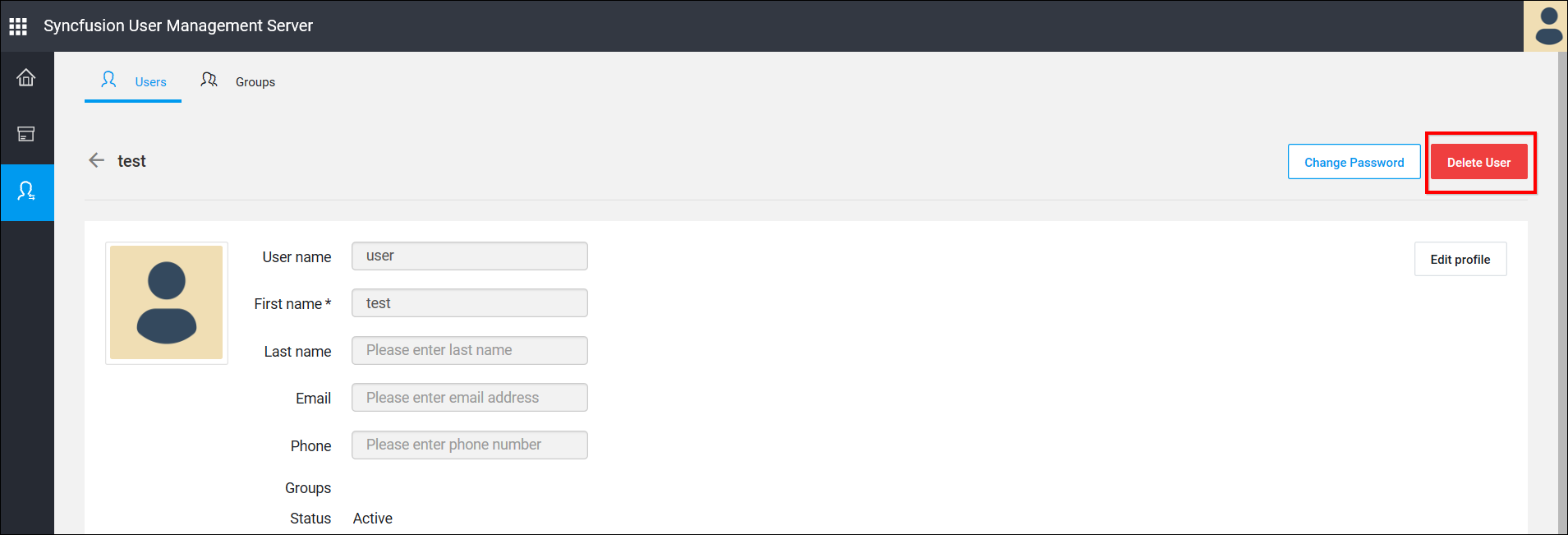
Deactivate users
Users can be deactivated at any time. Once deactivated, the user cannot log into the User Management Server.
To deactivate a user, select inactive from the status dropdown in the user edit page.
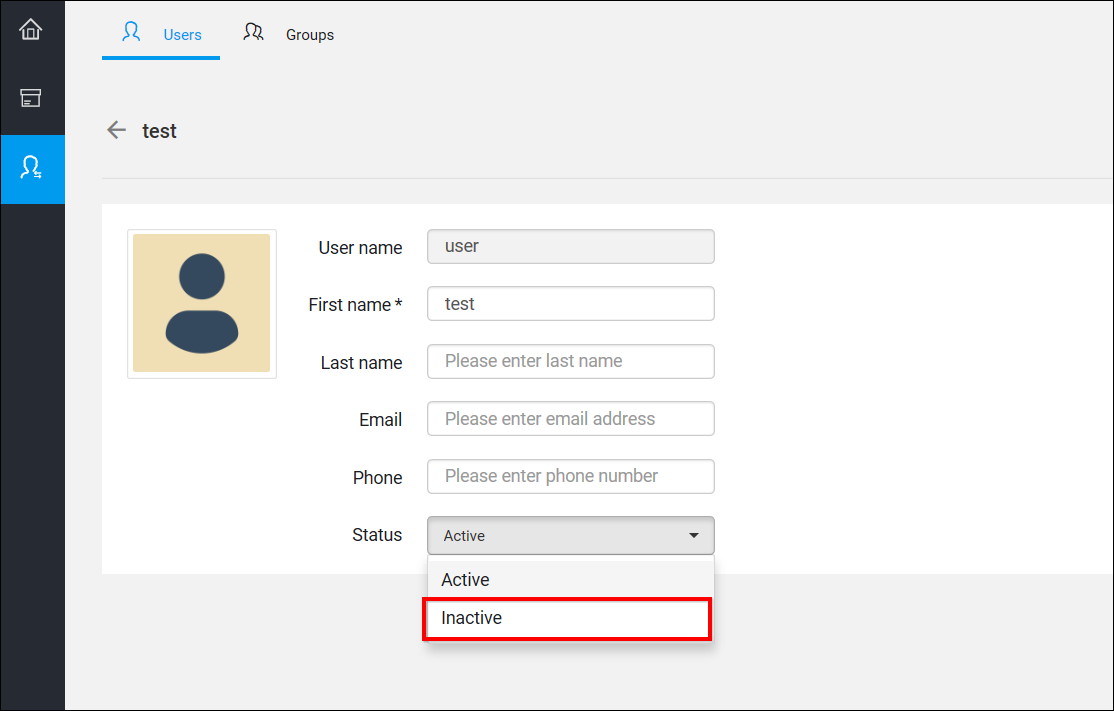
Activate users
Inactive users can be activated by selecting the Active from the status dropdown in the user edit page.

This will send an account activation email to the user with an activation link to activate the account and again this activation link will be valid only for 3 days.
If the user has not received the activation email within 3 days or missed to activate the account, the System Administrator has to resend the activation email to the user.
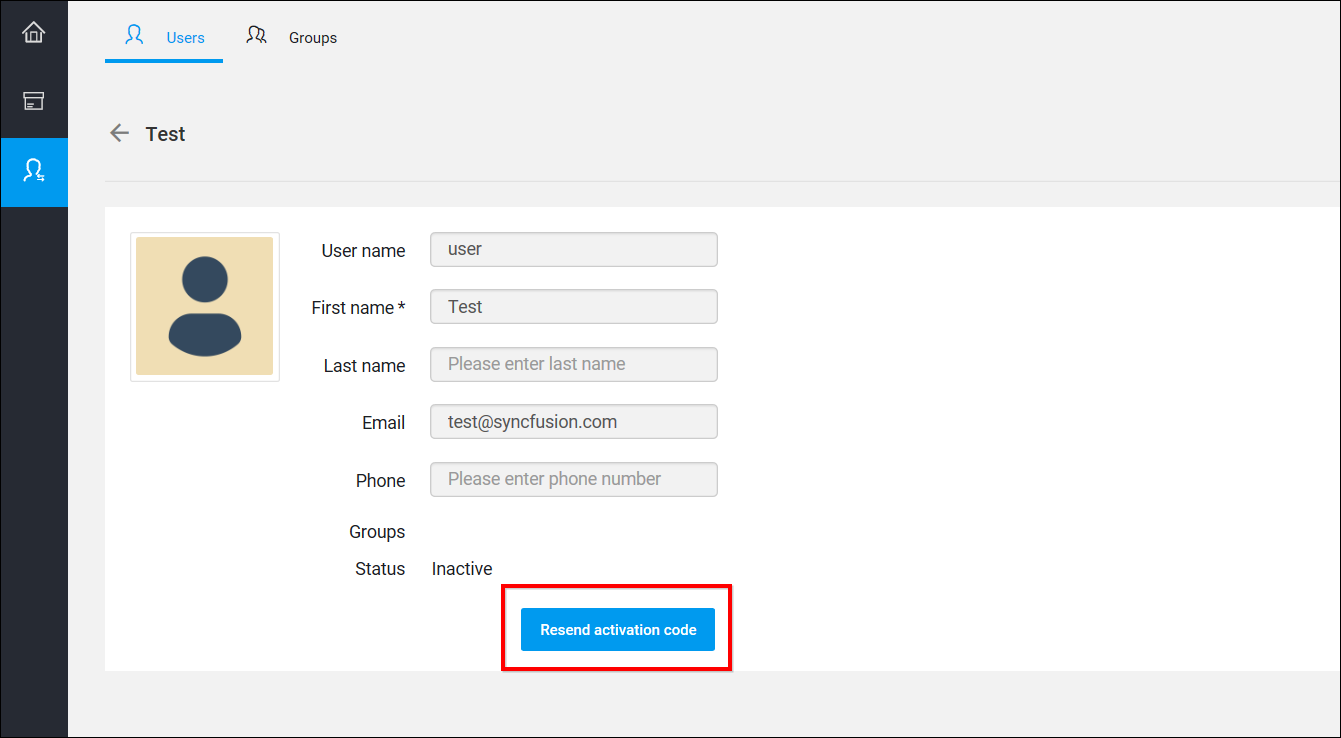
Assign users to group
Users can be assigned to one or many groups from the user management page.

Users can be assigned to an existing group.
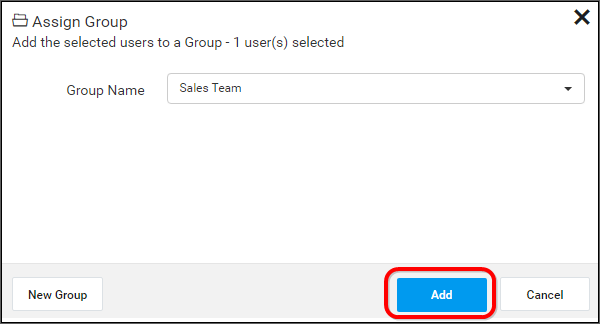
A new group can also be created at this time and the selected users can be assigned to the new group.
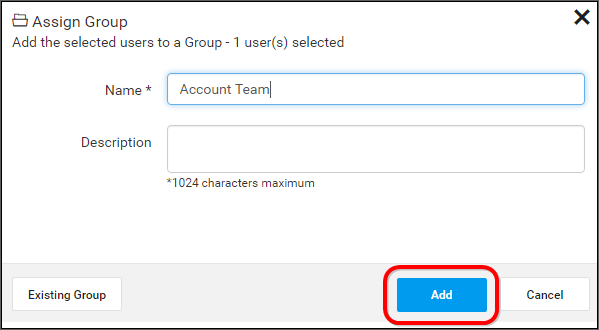
NOTE
All the users in the group will have the permissions of assigned group.